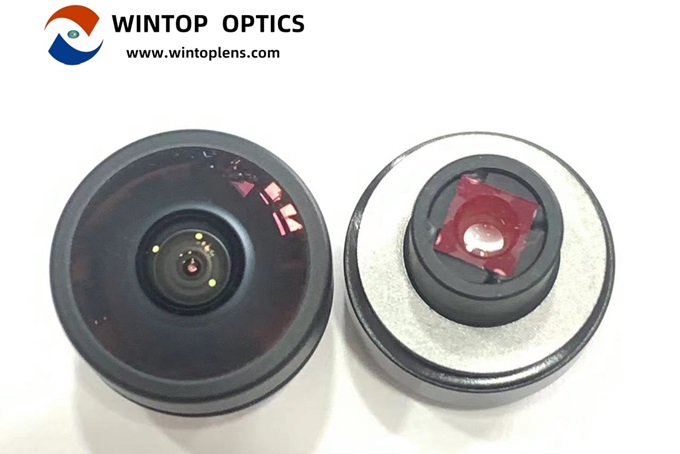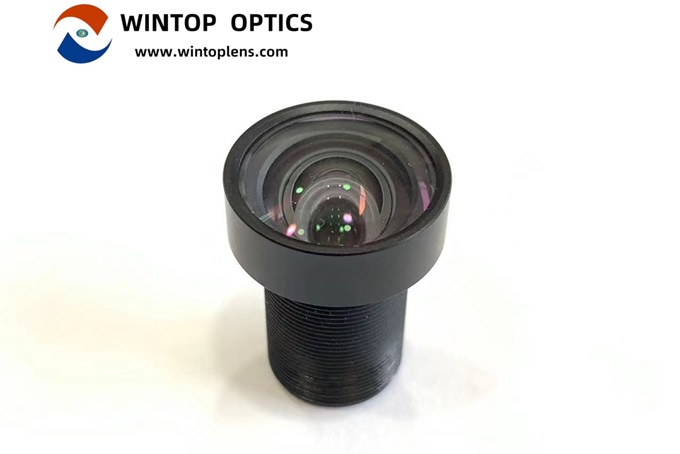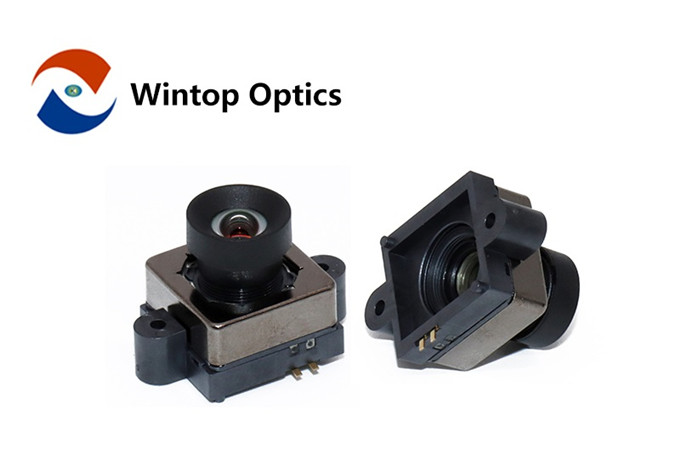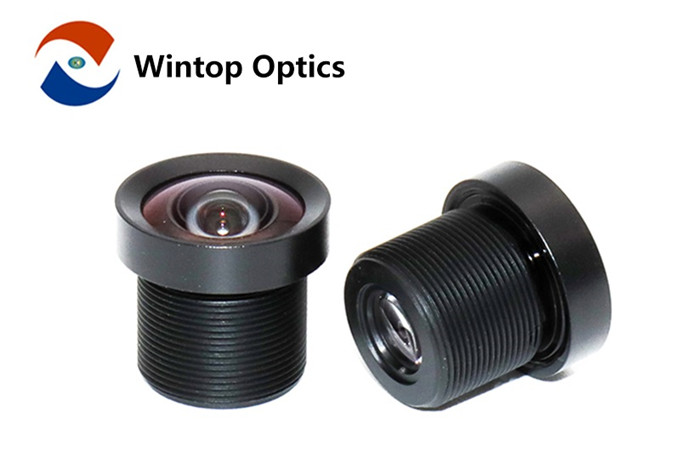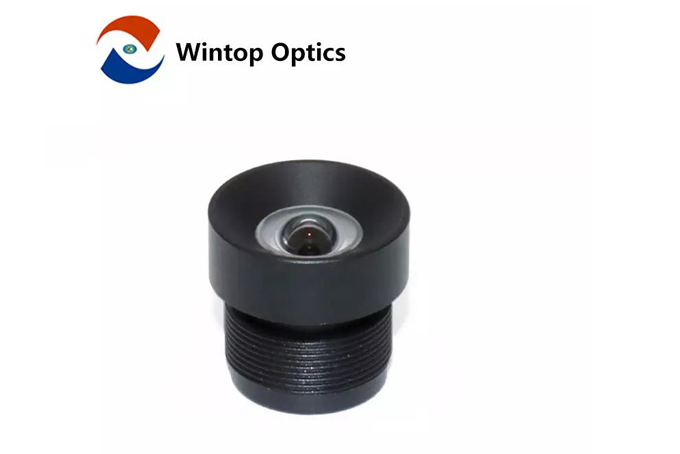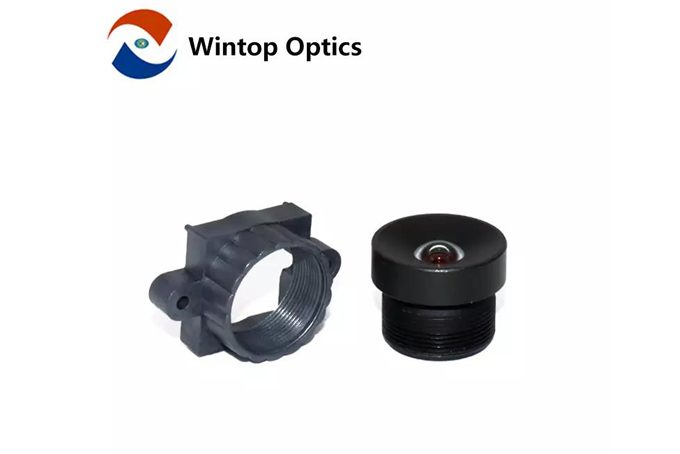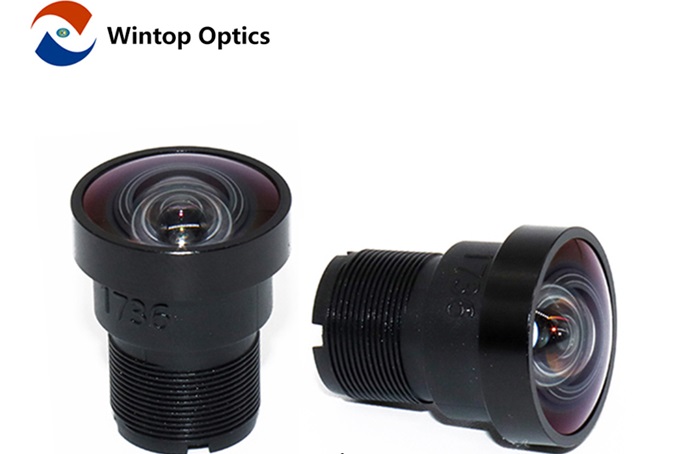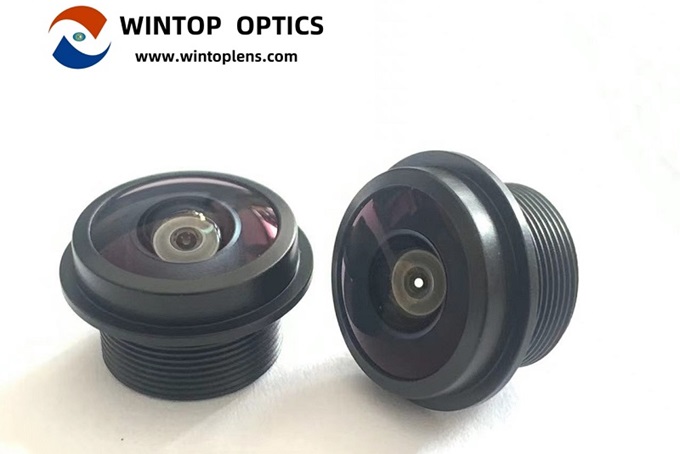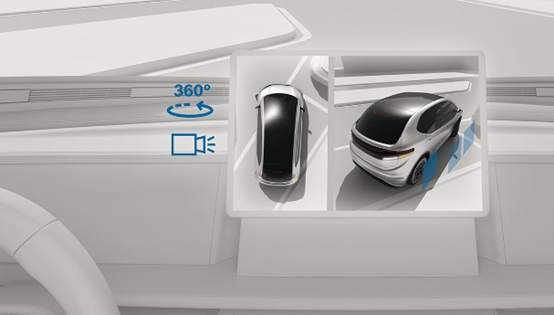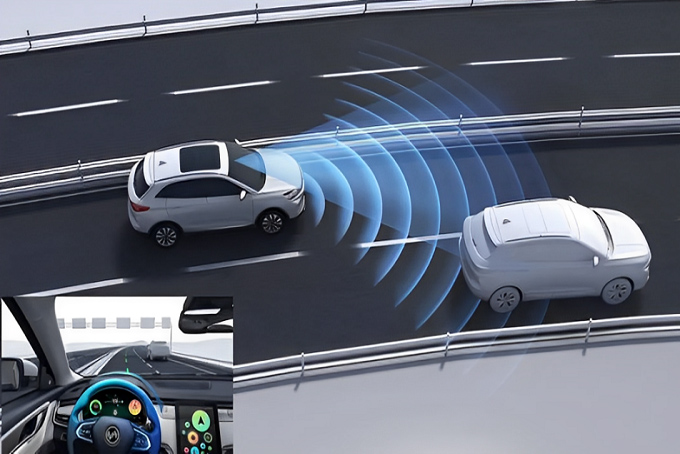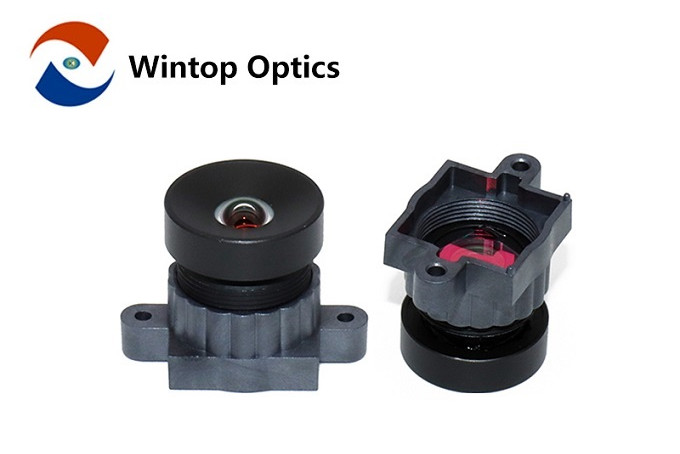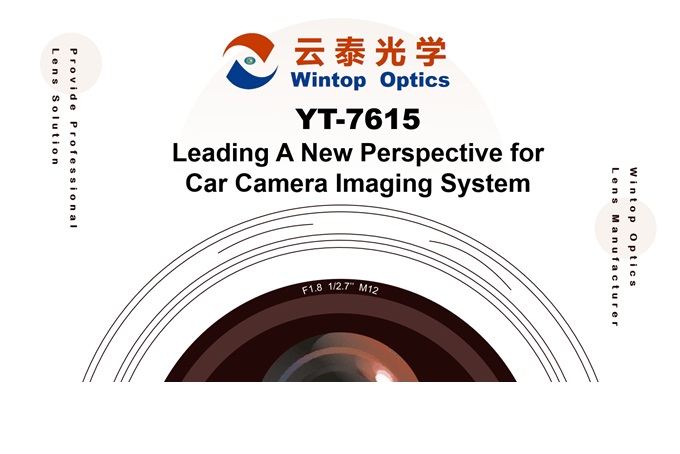The application of lenses in smart home, automotive and entertainment industries
May 23, 2024
In today's rapidly evolving technological landscape, lenses play a crucial role in enhancing our daily lives. From smart home systems to automotive safety and entertainment, lenses are at the heart of some of the most innovative advancements. Let's explore how smart home lenses, dash cam lenses, and streaming media lenses are shaping the future.
Smart Home Lenses: A New Dimension of Security and Convenience
Smart home technology has revolutionized how we interact with our living spaces. At the forefront of this revolution are smart home lenses, integrated into devices such as security cameras, doorbells, and even household appliances.
Enhanced Security: Smart home lenses offer high-definition video quality, wide-angle views, and night vision capabilities. These features ensure that homeowners can monitor their property in real-time, whether they're inside the house or halfway around the world. Motion detection and facial recognition technologies further enhance security by alerting users to potential intruders or unusual activities.
Convenience and Automation: Beyond security, smart home lenses contribute to the automation of household tasks. Cameras integrated with AI can recognize and respond to specific gestures or commands, allowing for hands-free operation of various devices. For instance, a smart fridge with an internal camera can notify you when you’re running low on milk, or suggest recipes based on the ingredients it detects.
Interconnectivity: Smart home lenses often form part of a broader ecosystem, connecting with other smart devices to create a seamless user experience. This interconnectivity means you can control lighting, temperature, and even entertainment systems through a single app, all while keeping an eye on your home through integrated cameras.
Dash Cam Lenses: Driving Safety and Accountability
Dash cams have become essential tools for drivers, offering a multitude of benefits through advanced lens technology.
Accident Documentation: Dash cam lenses provide clear, reliable footage in the event of an accident. This footage can be invaluable in insurance claims and legal proceedings, offering an unbiased account of incidents on the road.
Driver Assistance: Modern dash cams are equipped with lenses that support advanced driver-assistance systems (ADAS). These systems use the camera's feed to warn drivers of potential collisions, lane departures, and other hazards, significantly enhancing road safety.
Monitoring and Security: Beyond driving, dash cam lenses also serve as security cameras for your vehicle. They can record vandalism or theft attempts, providing crucial evidence to authorities. Some dash cams even offer parking mode, recording any impact or motion around the vehicle when it’s parked.
Streaming Media Lenses: Elevating Entertainment
The world of entertainment has been transformed by the advent of streaming media, and lenses play a pivotal role in delivering high-quality content to audiences.
High-Definition Content: Streaming platforms rely on advanced camera lenses to produce the high-definition (HD) and ultra-high-definition (UHD) content that viewers expect. These lenses capture intricate details, vibrant colors, and dynamic range, ensuring a captivating viewing experience.
Live Streaming: For content creators, the quality of their lenses can make a significant difference. Professional-grade lenses allow for crisp, clear live streaming, whether it’s for a gaming session, a live concert, or a corporate webinar. Enhanced autofocus, low-light performance, and wide-angle capabilities are just some of the features that elevate the quality of live-streamed content.
Virtual Reality and Augmented Reality: As VR and AR become more mainstream, the lenses used in capturing and displaying content are becoming increasingly sophisticated. These lenses provide immersive experiences by capturing 360-degree footage and ensuring seamless interaction between the real and virtual worlds.
Lenses are integral to the smart home, automotive, and entertainment industries, driving innovation and enhancing our daily experiences. Smart home lenses offer security and convenience, dash cam lenses improve safety and accountability on the road, and streaming media lenses elevate our entertainment experiences. As technology continues to advance, we can expect even more exciting developments in lens technology, further transforming how we see and interact with the world around us.
